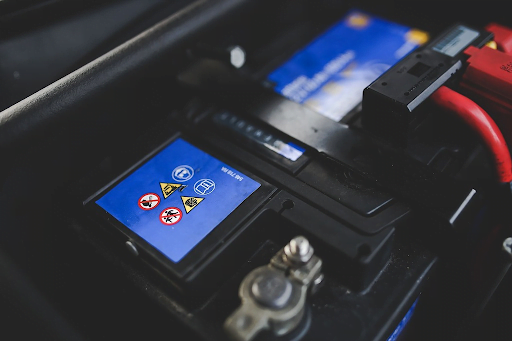In the fast-paced world of automation and logistics, Automated Guided Vehicles (AGVs) have become indispensable assets, streamlining operations with their precision and efficiency. At the heart of these marvels of modern engineering are their battery charging systems, a critical component that ensures their reliability and longevity. This article delves into the intricacies of AGV battery charging systems, offering insights into their types, maintenance, and future trends.

AGVs have revolutionized industries by providing automated material handling solutions, but their operational efficacy hinges on the health and efficiency of their battery charging systems. These systems not only power the AGVs but also significantly impact their operational uptime and lifecycle. Understanding the nuances of battery charging is crucial for maximizing the performance and lifespan of AGVs.
Understanding AGV Battery Types
AGVs employ various battery types, each with unique characteristics and suitability for different applications. The most common include lead-acid, lithium-ion, and nickel-metal hydride batteries.
Lead-Acid Batteries: Known for their cost-effectiveness and reliability.
Lithium-Ion Batteries: Praised for their high energy density and long lifespan.
Nickel-Metal Hydride Batteries: Valued for their environmental friendliness and decent energy density.
How to Choose the Right Battery for Your AGV?
Selecting the appropriate battery involves considering the specific needs of your AGV, such as its operational environment, required charging speed, and application. Factors like temperature tolerance, energy requirements, and lifecycle costs should guide this decision-making process.
Basics of AGV Battery Charging
The charging process is pivotal in extending the life of AGV batteries. It typically involves several stages, including bulk charging, absorption, and float stages, each playing a vital role in maintaining battery health.
What Are the Different Charging Technologies for AGVs?
AGV battery charging technologies vary, each with its advantages and limitations.
Standard Charging: The most common, requiring several hours to complete.
Opportunity Charging: Allows for charging at various points, reducing downtime.
Fast Charging: Minimizes charging time, ideal for operations running 24/7.
Inductive Charging: Offers wireless charging, enhancing operational flexibility.
How Does Inductive Charging Work for AGVs?
Inductive charging utilizes electromagnetic fields to transfer energy between two objects, eliminating the need for physical connectors. This technology not only reduces wear and tear but also allows for more flexible AGV operation.
Setting Up an Efficient AGV Battery Charging Station

An optimal charging station layout is crucial for maximizing efficiency and extending battery life. Considerations include ensuring ample space, easy accessibility, and adhering to safety standards.
What Are the Key Components of an AGV Battery Charging System?
Charging Docks: Where AGVs dock for charging.
Power Supply Units: Convert AC power to a suitable form for battery charging.
Battery Management Systems (BMS): Monitor battery health and optimize charging.
Safety Equipment: Ensures the charging process is safe for both operators and equipment.
Best Practices for AGV Battery Maintenance
Maintaining AGV batteries involves regular inspections, cleaning, and performance monitoring. These practices help in identifying potential issues before they escalate into significant problems.
How to Monitor AGV Battery Health?
Monitoring tools and techniques, such as software applications and diagnostic tests, play a crucial role in tracking battery usage, charge cycles, and overall health.
The Role of Battery Management Systems (BMS) in AGV Battery Health
BMS are critical in protecting batteries from overcharging, deep discharging, and overheating, thereby optimizing their performance and lifespan.
Troubleshooting Common AGV Battery Charging Issues

Identifying and addressing common issues such as incomplete charging, overheating, and connectivity problems can significantly improve AGV operational efficiency.
How to Safely Handle AGV Battery Failures?
Handling battery failures involves following established emergency procedures and ensuring proper disposal or recycling of batteries to prevent environmental harm and safety risks.
Innovations and Future Trends in AGV Battery Charging
The landscape of AGV battery charging is evolving, with advancements such as solar charging, wireless power transfer, and smart charging systems poised to redefine AGV operations.
The Impact of IoT and Smart Technologies on AGV Battery Management
IoT and smart technologies are revolutionizing AGV battery management, enabling real-time monitoring, predictive maintenance, and enhanced operational efficiency.
Conclusion
The evolution of AGV battery charging systems is a testament to the relentless pursuit of efficiency and sustainability in the realm of automated logistics. By understanding the principles outlined in this guide, organizations can ensure their AGVs operate at peak performance, paving the way for a more automated and efficient future. As technology advances, staying abreast of the latest trends and best practices in AGV battery maintenance and charging will be paramount in harnessing the full potential of these robotic workhorses.





